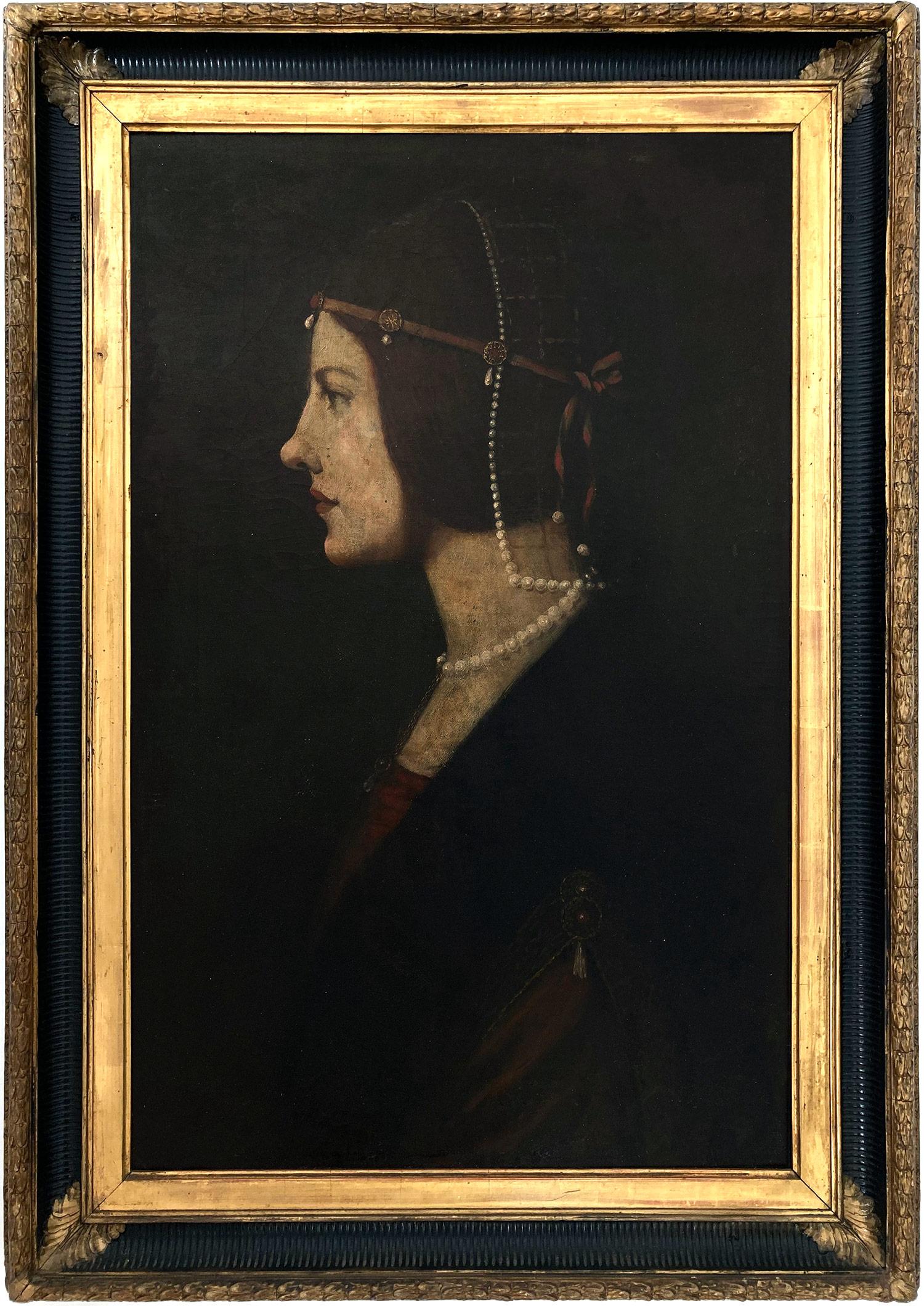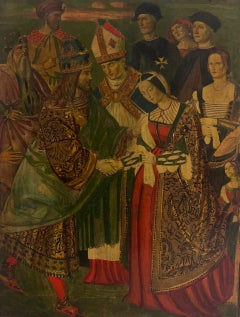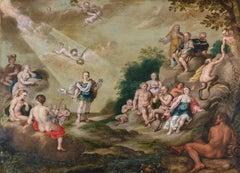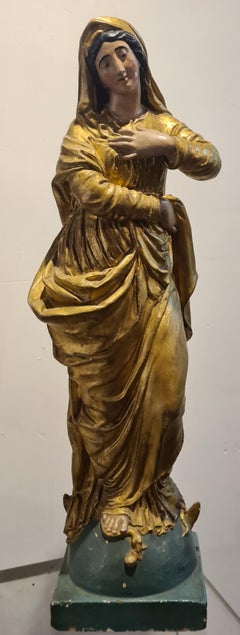Questions & Answers
Our trusted network of 1stDibs sellers answer common questions
What was Raphael's style of art?
1 Answer

Raphael's style of art is associated with a period known as the Italian Renaissance, sometimes referred to as the High Renaissance. During this era, paintings were characterized by an extraordinary depiction of light and darkness, scientifically accurate depictions of the human body, and the use of rich colors. Many of Raphael's works, such as The Marriage of the Virgin, The School of Athens and The Transfiguration, are admired by art lovers all over the world today. Find a large collection of Renaissance art on 1stDibs.
1stDibs ExpertMay 30, 2024
Related Questions
- What did Raphael invent?1 Answer
- How many paintings did Raphael do?1 Answer
- What is the Inuit art style?1 Answer
- What is Kandinsky’s style of art?1 Answer
- What style of art is Fornasetti?1 Answer
Shop for Renaissance Art on 1stDibs
Antique Italian Renaissance Old Master Painting Eleonora of Portugal Frederick 3
Located in Cirencester, Gloucestershire
"Aeneas Piccolomini Introduces Eleonora of Portugal to Frederick III"
Siena School, late 19th century
After Bernardino Di Betto (Pintoricchio) 1454-1513
painting on wood panel, unfra...
Category
Late 19th Century Renaissance Figurative Paintings
Materials
Oil
'The Music Contest between Apollo and Pan', Renaissance Mythology, Satyr, Hermes
Located in Santa Cruz, CA
An early 17th-century Flemish School oil on copper showing the mythological contest between Apollo and Pan in which the mountain god, Tmolus, gives judgement for Apollo. Unsigned. Pa...
Category
Early 17th Century Northern Renaissance Figurative Paintings
Materials
Copper
French Polychrome and Gilded Statue of The Virgin Mary
Located in Cotignac, FR
A polychrome and gilt plaster statue of the Blessed Virgin Mary. The quality of the original gilding and the handling of the folds in the clothing are exceptional.
A wonderful statu...
Category
Late 19th Century Renaissance Figurative Sculptures
Materials
Gold Leaf
18th Century Italian Oil Madonna & Child with St. John the Baptist after Raphael
Located in Cirencester, Gloucestershire
Madonna and Child with St. John the Baptist
Italian artist, 18th century, after the earlier painting by Raphael
oil on wood panel, framed in an Empire, gilt moulded frame
Framed: 23 ...
Category
18th Century Renaissance Figurative Paintings
Materials
Oil
Very Rare Renaissance Old Master Oil Painting c. 1600 Oil on Panel The Madonna
Located in Cirencester, Gloucestershire
The Virgin Madonna
Spanish Renaissance artist, circle of El Greco (1541-1614)
circa 1600
oil on wood panel, unframed
panel: 20 x 14.5 inches
Provenance: private collection, northern ...
Category
Early 17th Century Renaissance Figurative Paintings
Materials
Oil
The Madonna with Christ Child & St. John the Baptist Renaissance Masterpiece
Located in Cirencester, Gloucestershire
The Madonna, Christ Child & St. John the Baptist
Italian School, after an earlier Renaissance masterpiece
pastel on board, framed
framed: 28 x 25 inches
board: 24 x 21 inches
provena...
Category
Late 19th Century Renaissance Portrait Paintings
Materials
Pastel


